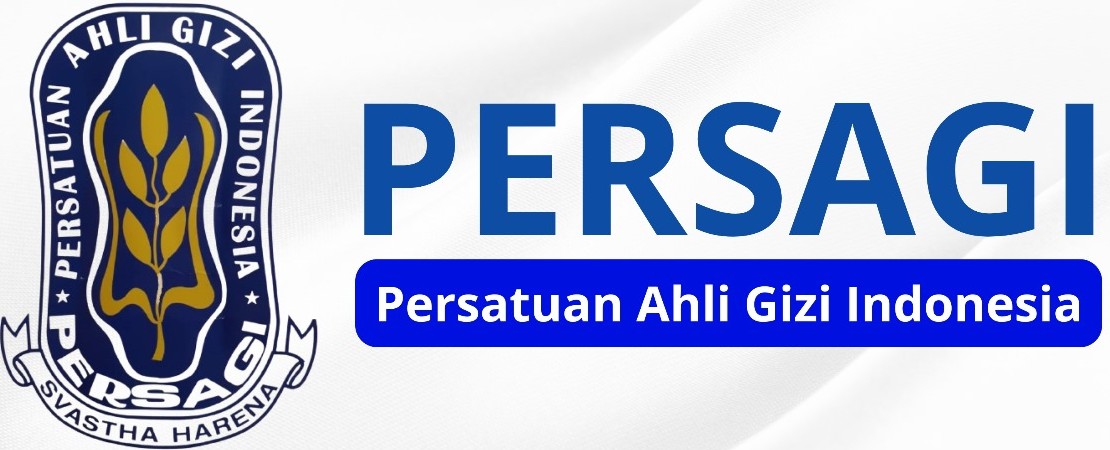RISIKO PENGETAHUAN, AKTIVITAS DAN FISIOLOGI TERHADAP KEJADIAN OBESITAS REMAJA
Abstract
Background : Prevalence of obesity on 7th and 8th grade students of 40th Junior Highschool Semarang were 8,6%, while the prevalence of obesity in Indonesian adolescents were 2,5%. Obesity was caused by knowledge factor, physiology, activity, socioeconomic, psychology, and food and beverage factor.
Subject : To analyze the great risk of knowledge factor include knowledge and attitude variables, activity factor include physical activity, sleep duration, time of watching television, and exercise habits variables, and physiology factor include gender and age variables on the incident of adolescent obesity.
Method : An observasional research with case control design with ratio 1:1. There were 35 cases dan 35 control sample. Data collection were included gender, age, knowledge, attitude, physical activity, sleep duration, time of watching television, and exercise habits. Data was analyzed with chi square test and logistic regression with confidence interval 95%.
Result : Logistic regression test showed that students were 14-15 years (OR 0.06 95% CI 0.008-0.557), students’ knowledge were < 80% (OR 25.67 95% CI 3.57-184.60), students sleep < 7 hour/day (OR 30.22 95% CI 2.47-369.26), and students excersise < 3 times/week and < 30 minutes (OR 13.55, 95% CI 1.145-160.476).
Conclusion :There was a significant association between age, knowledge, sleep duration, and exercise habits with incidence of obesity. Further research is to examine risk factors of adolescent obesity with another variable and a larger sample is highly recomended.
Keywords
Full Text:
PDFReferences
Almatsier S. Prinsip Dasar Ilmu Gizi. Jakarta: PT Gramedia Pustaka Umum; 2009.
Anggraini S. Faktor Resiko Obesitas Pada Anak taman Kanak-Kanak Di Kota Bogor. 2008.
WHO. Fact Sheet : Overweight and Obesity [Internet]. June 2016. 2016 [cited 2017 Mar 15]. Available from: http://www.who.int /mediacentre/factsheets/fs311/en/
Riskesdas. 2013. Badan Penelitian dan Pengembangan Kesehatan, Kementerian Kesehatan RI; 2013. 88–90 p.
Pediatrics AA of. Children, Adolescent, and The Media”. Policy Statement: Organizational Principles to Guide and Define the Child Health Care System and/or Improve the Health of all Children. Pediatrics. 2013;132(5).
Arisman. Gizi dalam Daur Kehidupan. Jakarta: Buku kedokteran EGC; 2004.
Soekirman. Hidup Sehat Gizi Seimbang dalam Siklus Kehidupan Manusia. Jakarta: Primamedia Pustaka; 2006.
Azwar S. Sikap Manusia, Teori Dan Pengukurannya. Yogyakarta: Pustaka Pelajar Yogyakarta; 2012.
Almatsier S. Prinsip Dasar Ilmu Gizi. 7th ed. Jakarta: PT Gramedia Pustaka Umum; 2009.
National Sleep Foundation. National Sleep Foundation Recomends New Sleep Times”. Sleep Health. J Natl Sleep Found. 2015;2.
Cauter EE, Al E. Sleep and The Epidemic of Obesity in Children and Adults. Eur J Endocrinol. 2008;159:S59–66.
Salmon J, Al E. Association of Family Environment with Children’s Television Viewing and with Low Level of Physical Activity,” Centre for Physical Activity and Nutrition Research, School of Exercise and Nutrition Sciences, Deakin University, Burwood, Victoria, Australia. Obes Res. 2005;13(11).
DOI: https://doi.org/10.31983/jrg.v8i1.4911
Article Metrics
Refbacks
- There are currently no refbacks.
License URL: http://ejournal.poltekkes-smg.ac.id/ojs/index.php/jrg/index
Pengindeksan :
Jurnal Riset Gizi oleh http://ejournal.poltekkes-smg.ac.id/ojs/index.php/jrg disebarluaskan di bawah Lisensi Creative Commons Atribusi-BerbagiSerupa 4.0 Internasional.

.png)

.png)
.png)
.png)













